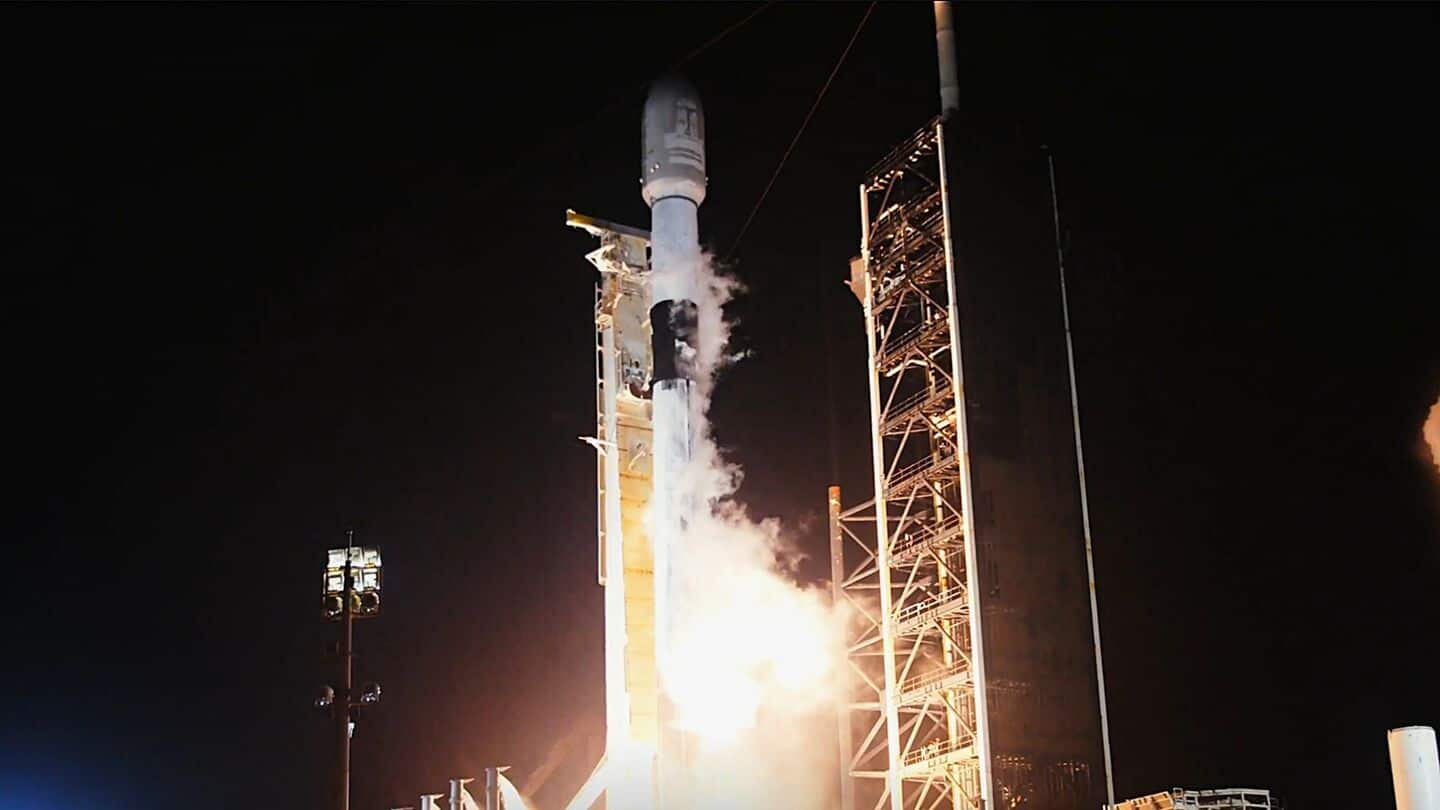
SpaceX achieves historic milestone with 500th launch of used rocket
What's the story
SpaceX has achieved a major milestone in its space exploration journey by successfully completing its 500th orbital mission using a previously flown rocket. The Falcon 9 rocket lifted off from California's Vandenberg Space Force Base at 12:21am EDT (9:51am IST). The mission was to deploy the Sentinel-6B, a powerful ocean-mapping satellite, into space.
Satellite details
Sentinel-6B satellite: A milestone in ocean monitoring
The Sentinel-6B satellite is part of the European Union's Copernicus Earth-observing program. It will measure global sea surface heights with great precision, continuing the work of its predecessor, Sentinel 6 Michael Frelich, which was launched atop a Falcon 9 in November 2020. "Monitoring sea-level rise is high on the global agenda," European Space Agency (ESA) officials wrote about this mission.
Reusability impact
Paving the way for future missions
SpaceX has been at the forefront of making space exploration more sustainable with its reusable rocket technology. The successful launch of Sentinel-6B marks a major milestone in this journey. Gwynne Shotwell, SpaceX President and COO, congratulated her team on completing 500 missions with flight-proven rocket boosters. "You've made the impossible possible with reusable rockets," she said in a post on X.
Mission objectives
Sentinel-6B's mission and international collaboration
The Sentinel-6B satellite will use a radar altimeter instrument developed by ESA to measure sea surface heights. It also carries a NASA-provided microwave radiometer, which will determine atmospheric water content for more accurate interpretation of the altimeter's results. The mission is an international effort involving the European Commission, ESA, NASA, Eumetsat and the US National Oceanic and Atmospheric Administration (NOAA), with support from French space agency CNES.